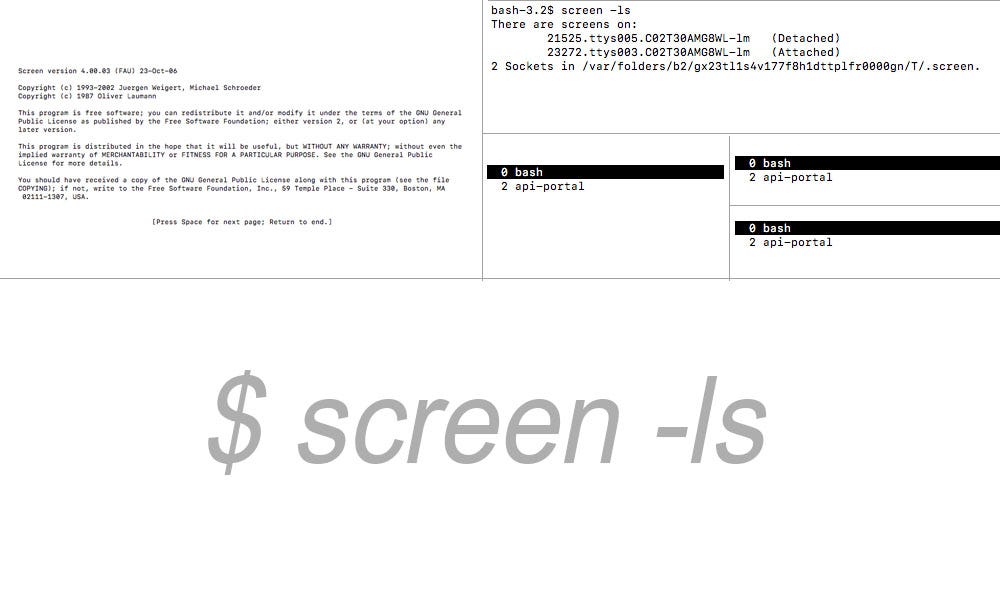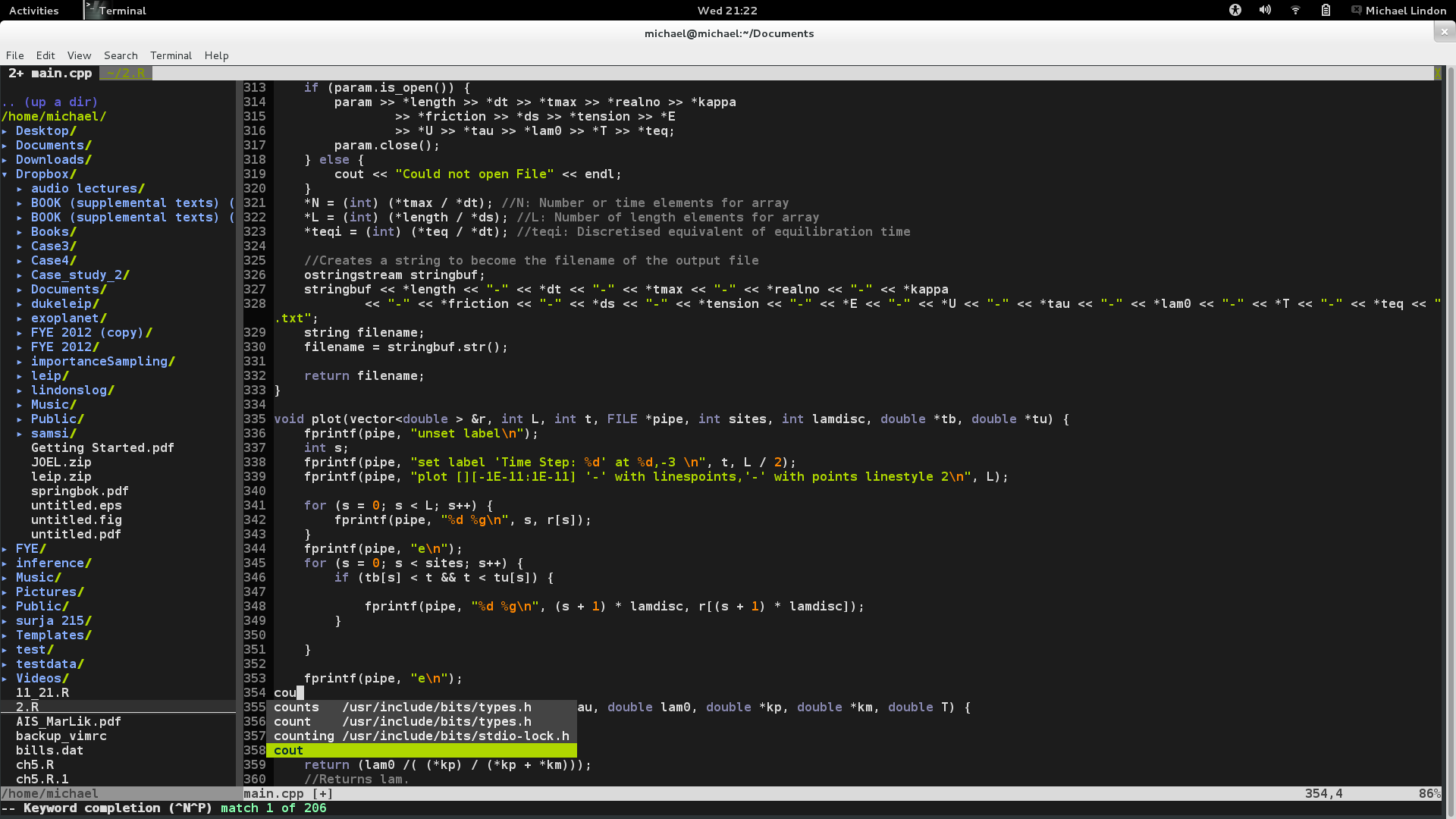

To return to the Normal mode, press Escape. You can also enter other Vim modes: for example, press r for the Replace mode. In this mode you can type new code or change existing code. To change to the Insert mode, press i, and the cursor will become a line: With Vim, the cursor is a block when you are in the Normal mode: IDE: perform the IDE action associated with this shortcut. Undefined: show a popup notification that suggests to either redefine the IDE shortcut or configure the handler in Vim emulation settings. In the Settings/Preferences dialog ( Ctrl+Alt+S), select Editor | Vim Emulation.įind the shortcut and corresponding IDE action, and select how you want to handle it when you are using Vim: Ctrl + y - move screen up one line (without moving cursor) Ctrl + b - move back one full screen. The doc says see Text Input Source Services (no link btw). Instead it describes the setup and basic usage of a relatively functional sample configuration.
Vim resource vimr manual#
The intent of this outline is not to provide a usage manual of the Vim-R-Tmux trio. To resolve this, select the shortcuts you prefer for different actions. We look at VIM, Neovim and Vimr today and see why people use VI derived text editors. This is a short manual for configuring vim and tmux (or screen) in order to use them as a flexible working environment (IDE) for R. Your keymap in IntelliJ IDEA may conflict with Vim's key combinations. Configure shortcutsīoth Vim and IntelliJ IDEA are keyboard-centric. To disable it, deselect Tools | Vim in the main menu. In the Settings/Preferences dialog ( Ctrl+Alt+S), select Plugins.įind the IdeaVim plugin in the Marketplace and click Install.Īfter you restart the IntelliJ IDEA, Vim is enabled and the editor starts operating in the Vim mode. The IdeaVim plugin emulates Vim in the IntelliJ IDEA editor, including normal, insert, and visual modes, Command-line and Ex modes, Vim regexp and configuration, and other features.

The following is only valid when the IdeaVim plugin is installed and enabled.


 0 kommentar(er)
0 kommentar(er)
